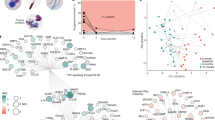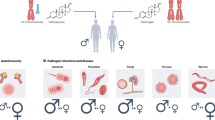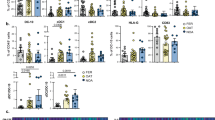Abstract
Women develop chronic inflammatory autoimmune diseases like lupus more often than men. The mechanisms causing the increased susceptibility are incompletely understood, although estrogen is believed to contribute. Chronic immune stimulation characterizes many autoimmune disorders. We hypothesized that repeated stimulation may cause a different T cell immune response in women than men. Microarray approaches were used to compare gene expression in T cells from healthy men and women with and without repeated stimulation. Four days following a single stimulation only 25% of the differentially expressed, gender-biased genes were expressed at higher levels in the women. In contrast, following restimulation 72% were more highly expressed in women. Immune response genes were significantly over-represented among the genes upregulated in women, and among the immune response genes, the inflammatory/cytotoxic effector genes interferon gamma (IFNG), lymphotoxin beta (LTB), granzyme A (GZMA), interleukin-12 receptor beta2 (IL12RB2), and granulysin (GNLY) were among those overexpressed to the greatest degree. In contrast, IL17A was the only effector gene more highly expressed in men. Estrogen response elements were identified in the promoters of half of the overexpressed immune genes in women, and in <10% of the male biased genes. The differential expression of inflammatory/cytotoxic effector molecules in restimulated female T cells may contribute to the differences in autoimmune diseases between women and men.
Similar content being viewed by others
Article PDF
Author information
Authors and Affiliations
Corresponding author
Rights and permissions
About this article
Cite this article
Hewagama, A., Patel, D., Yarlagadda, S. et al. Stronger inflammatory/cytotoxic T cell response in women identified by microarray analysis. Nat Prec (2008). https://doi.org/10.1038/npre.2008.2690.1
Received:
Accepted:
Published:
DOI: https://doi.org/10.1038/npre.2008.2690.1



